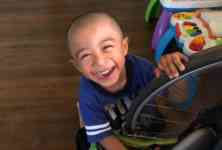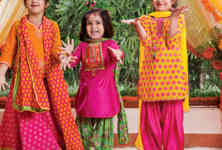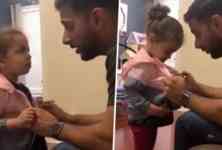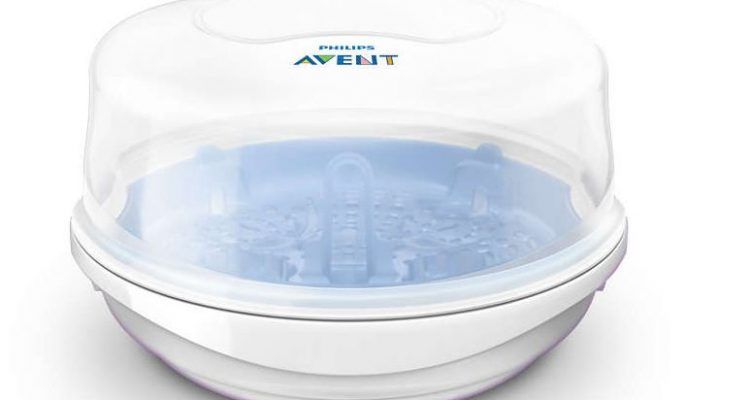
All parents always want their babies to stay healthy and good health is the result of proper hygiene. Whether it’s formula or pre-pumped breastmilk, bottles are required to feed the little one which is why it is very important to clean them properly. For cleaning the bottles its very important to sterilize or boil them. These days sterilization of milk bottles is preferred over boiling(boiling bottles means putting the milk bottles in a fan filled with water and then letting the water boil. The boiling water kills the germs).
What is the need for sterilization?
When a child is in infant years they have a quite weak immune system as the system is still in its developing stage. This means they are much more susceptible to infections by bacteria, viruses and parasites which can lead to diseases like diarrhea, vomiting and dehydration. We all know it is quite impossible to create a germ-free atmosphere but you can reduce the risk by using a baby bottle sterilizer.
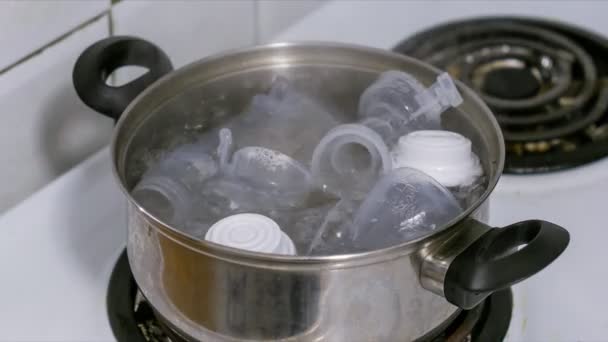
Source: Depositphotos
Why use sterilizer over boiling?
When you chose to boil your baby’s bottle you risk them to drink out of a contaminated bottle as boiling does not remove all the bacteria, which can further make your child’s immune system weak and vulnerable to illness.Also boiling water damages baby bottle nipples quicker than other methods.
Though people use both ways of cleaning the bottle but we tell you why sterilizing milk bottle is better than boiling:
Sterilization kills and removes all the microorganisms in the baby bottles, including bacteria as well.
Disinfection kills many but not all the microorganisms. Thought it reduces the number of contaminating organisms.
How to sterilize bottles?
There are different ways of sterilizing the bottles:
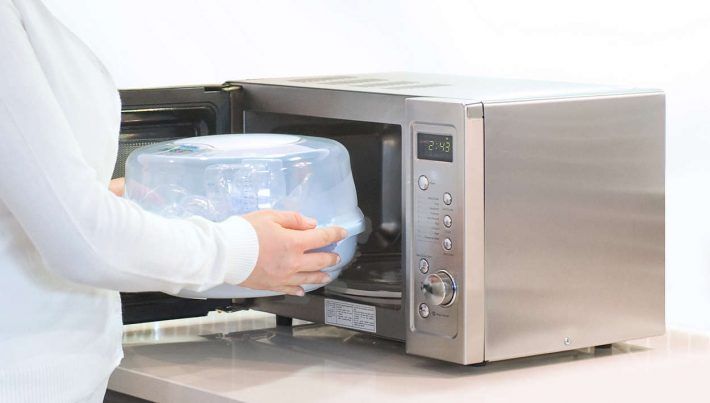
Source Philips
- Electric baby sterilizer
- Microwave steam sterilizer
- Sterilizing tablets
- UV sterilizer
Important points to consider before sterilizing the bottles:
- Look out for BPA and chemical free products
- Always sterilize brand new bottles
- Be extra careful if your baby has been sick
- Before sterilizing, bottles need to be cleaned thoroughly along with the nipples, with soapy water, so that every trace of milk including droplets and mist is removed.



